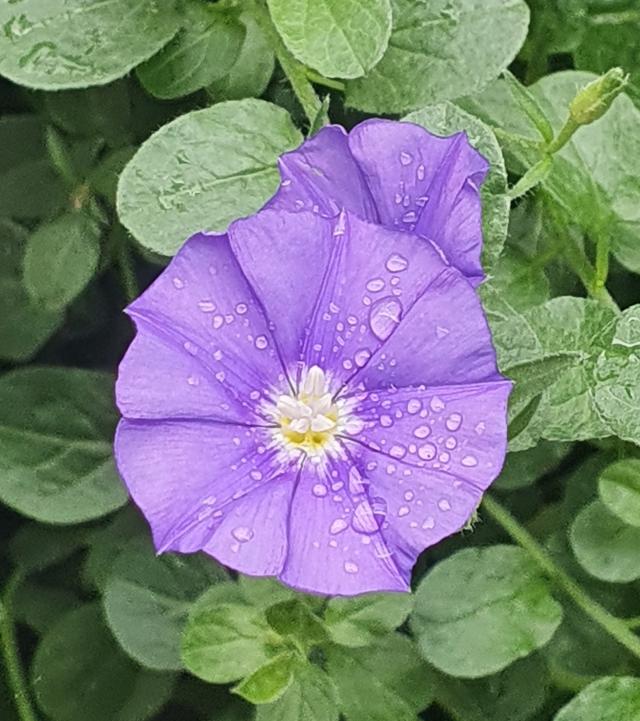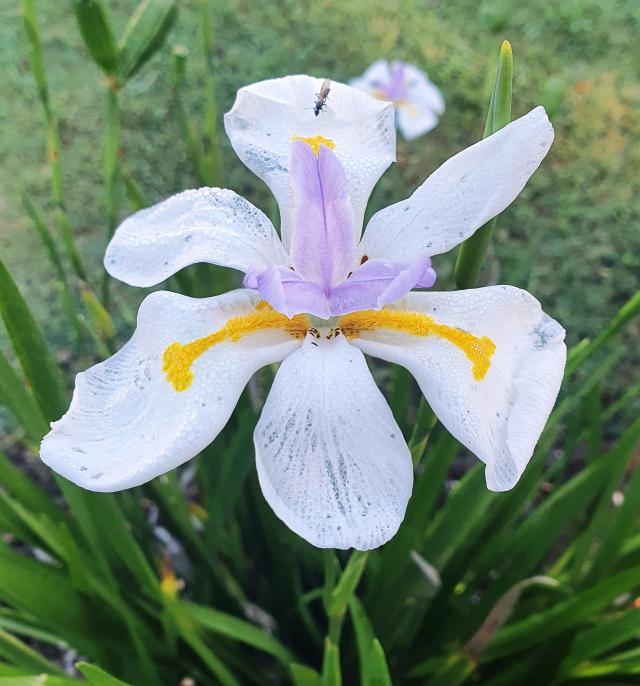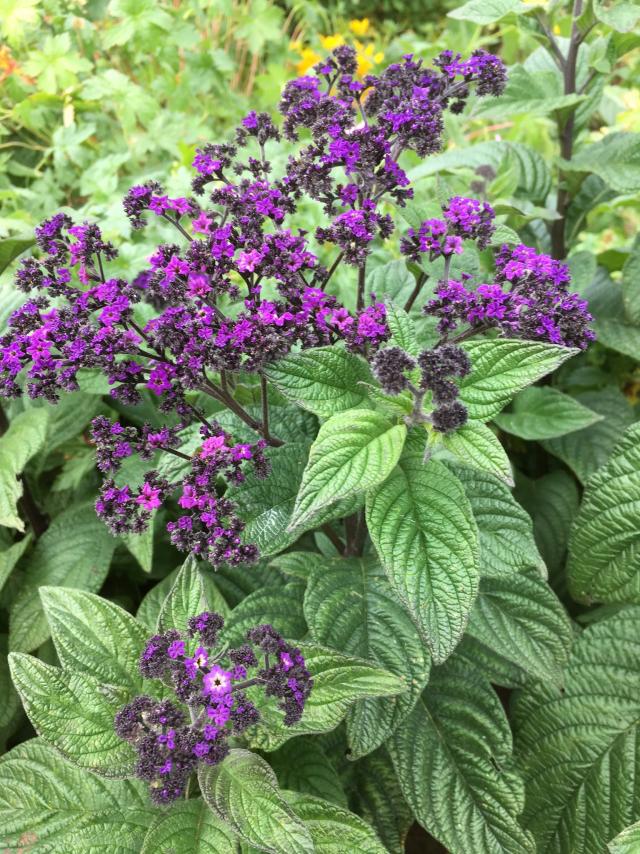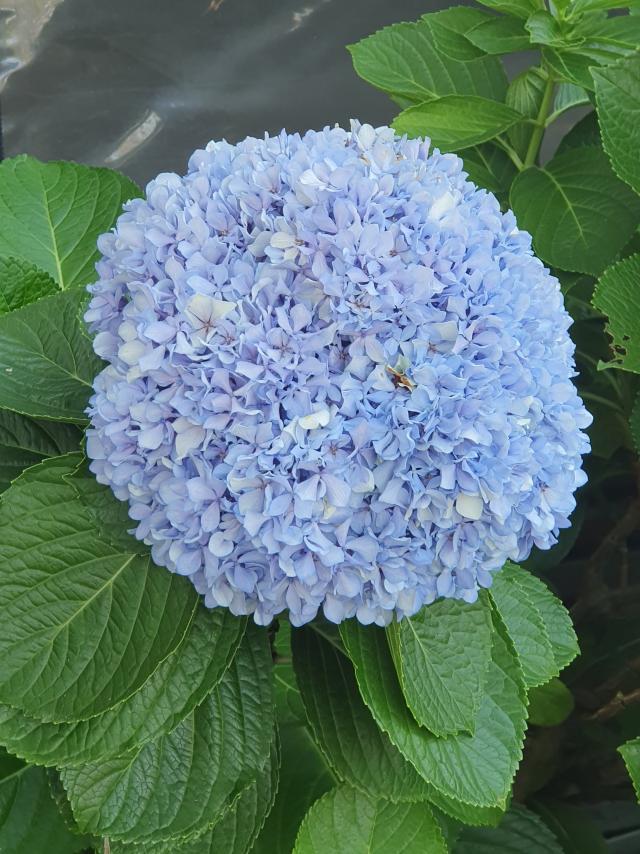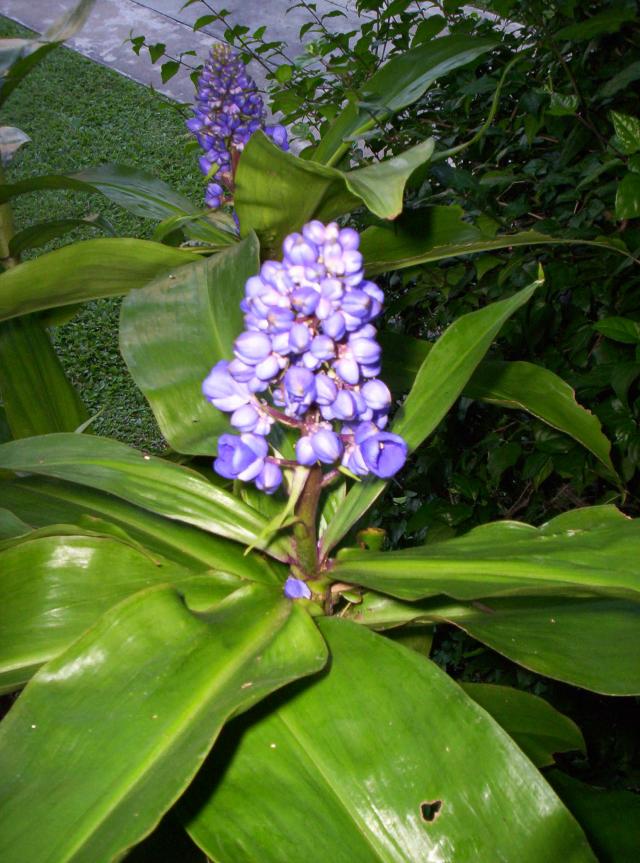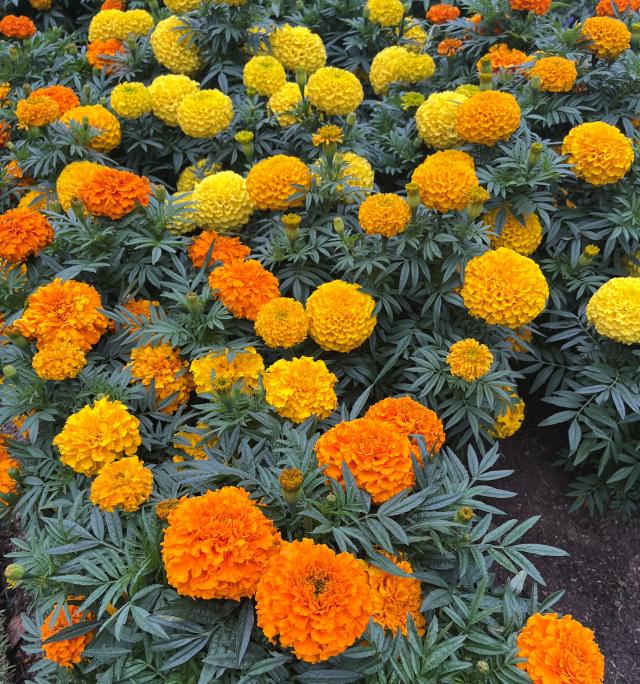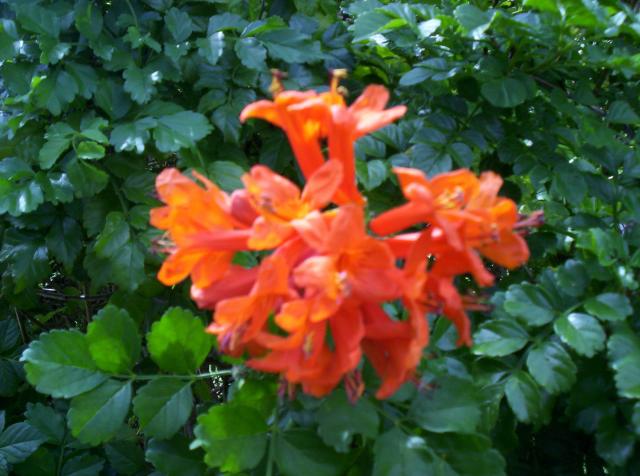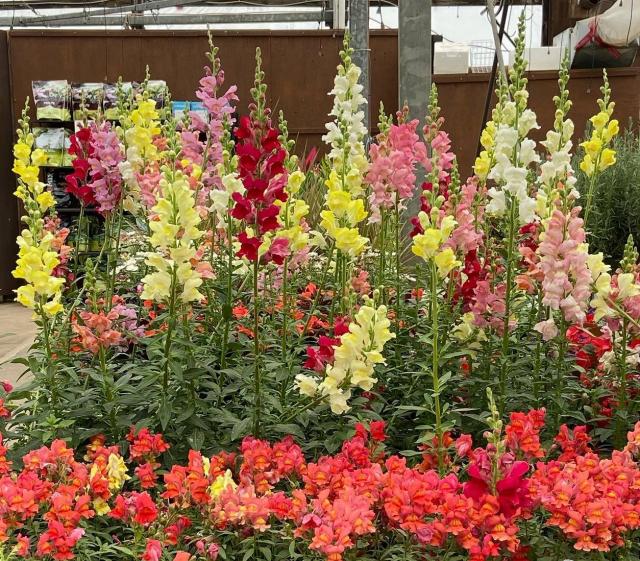This coming Wednesday is Valentine’s Day one of these fun days of the year when it is cool to give a gift of plants or flowers to your loved one. Valentine’s Day is steeped in tradition, yet it could be said that in Australia that we have only participated in the spirit of the day in the last 30 years.
Are you one of those gardeners that go out and cut a bunch of flowers from the garden for your Valentine? If so be careful with the plants you select as some have a very negative meaning.
Using the Hydrangeas can also get you into trouble with your Valentine as this plant means they are heartless. Hydrangeas like a cool, moist situation, preferably on the southern side of the house, or where they do not get too much direct sun. It should always be noted that, while you may select a beautiful blue or pink hydrangea in a nursery, when it flowers in your garden, it is possible to be a completely shade or even colour. To obtain beautiful deep blue flower heads an iron-rich soil is required.
Adding Marigolds to bunch of flowers also will have you in trouble as it means cruel in love. These hardy, annual plants are said to be great plants for cheering up any garden but may leave your Valentine feeling anything but cheery. Marigolds are extremely easy to grow, and can be cultivated almost all year in Central Queensland. With their rich yellow, cream, lemon, gold, orange and reddish-brown flowers Marigolds are left in the garden.
The flower that says No is the Snapdragon or Antirrhinum so this is not a great choice in a Valentine Day bunch of flowers. Snapdragons are bushy annual plants with flowers that resemble the face of a dragon that opens and closes its mouth when squeezed. Snapdragons flowers come in just about every colour shade except true blue.
Even the beautiful flowering outdoor trailing hanging basket Convolulus mauritanicus or the Trailing Morning Glory could get you into trouble. As the flower of the Convolvulus means uncertainty. The Trailing Morning Glory is a dense fast growing drought tolerant hanging basket plant or ground cover. Masses of purple funnel type flowers appear from early spring to late autumn.
I hope this has saved a number of gardeners from shame on Valentine’s Day.
BLUE SURPRISE
It is always nice to find those hidden gems in the garden. And even more special when the garden has been left over grown for many years. Only to be rediscovered by new owners conducting a garden clean up.
Last week I received an e-mail from Heather from Agnes Waters
She sent me a picture of a lily like plant with large heads of blue flowers and wanted to know what it is?
The plant is Dichorisandra which a real mouthful or Blue Ginger, it is also called Brazilian Ginger in some southern gardening books.
She told me, she and her husband only purchased this home 6 months ago. When they brought the property the gardens, the lawn and even the large trees were all in a poor state. With this striking flower plant was found growing under the canopy of a large tree on the eastern side of the house. She said this side of the garden has had little attention other than mulching with wet hay and regular watering. This plant started to appear last September and was almost cut out as a weed.
The evergreen perennial Dichorisandra is hardy clump-forming has glossy green leaves arranged in a spiral around the stem and, at this time of the year, produces spectacular heads of unscented blue flowers borne on tall spikes. Providing there is adequate moisture, you can expect this plant to grow to around 1.2m high.
Dichorisandra prefers a well-drained position but I have seen some attractive specimens growing in heavy clay positions under mango trees here in Gladstone. More mulching around this plant seems to produce a far better specimen.
For those gardeners keen to grow this particular plant in their own shady patch in the garden, you may have some trouble sourcing it at local nurseries. However, it is quite easy to propagate if you know someone who already has one, as it can be grown easily from seed, cuttings, root division or by breaking off some of the small, rooted branchlets that can be found formed on the main stem.
March is always best month to see floral displays of the Dichorisandra and I think there might be a lot more flowering plants found in gardens this year.

